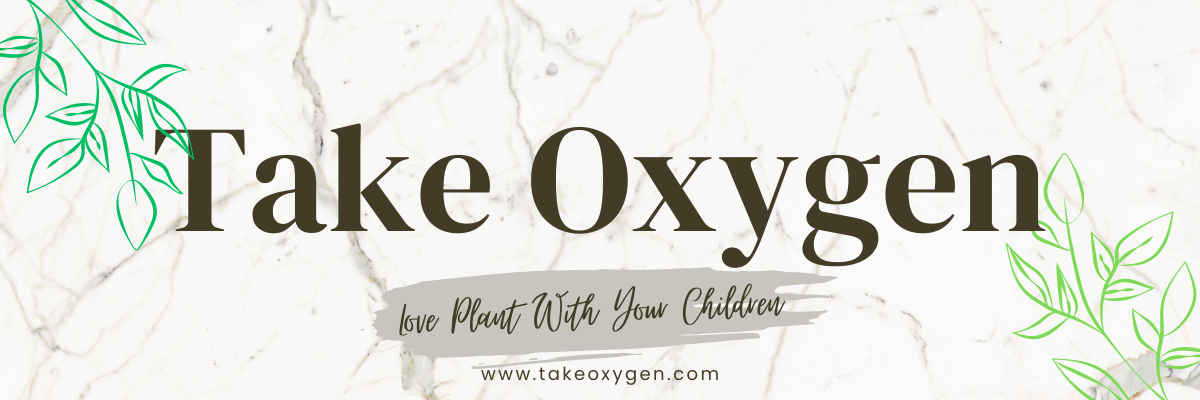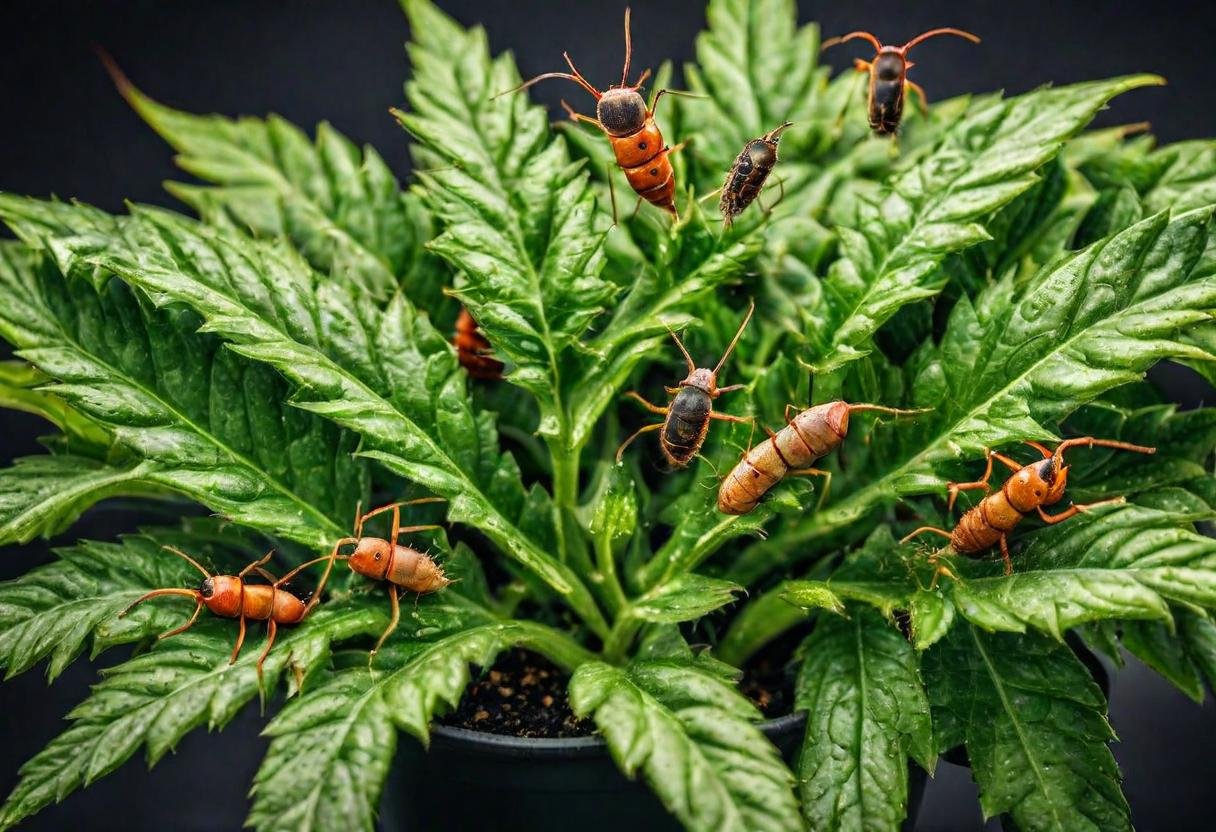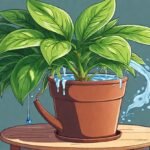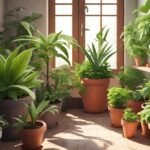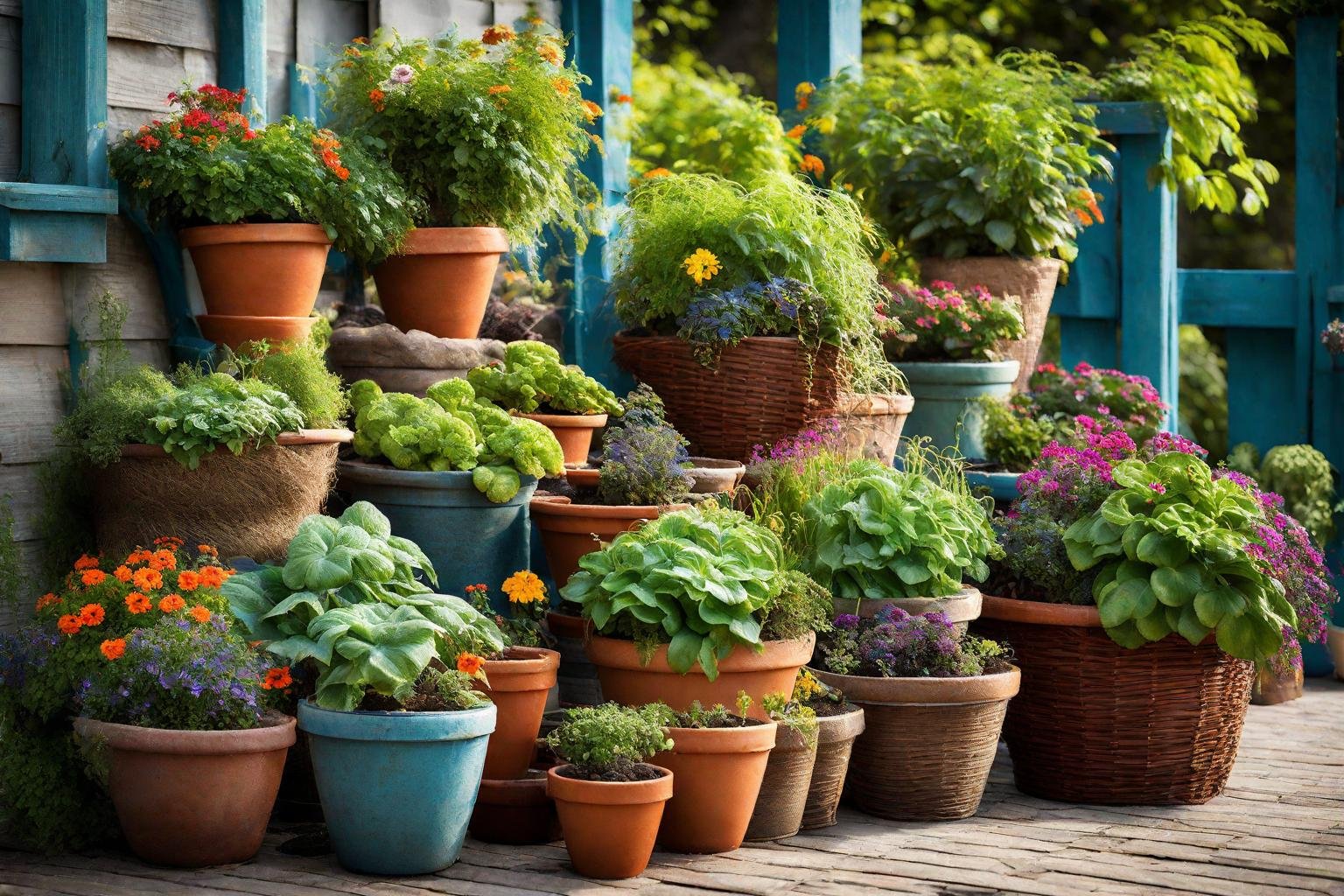Disease management is critical for maintaining the health and productivity of plants in various settings, from agricultural fields to home gardens. This guide will delve into the fundamentals of disease management, covering prevention techniques, identification strategies, and sustainable control methods. Whether you’re a seasoned farmer, a dedicated gardener, or simply a plant enthusiast, mastering disease management is essential for ensuring the vitality of your greenery.
Understanding Pests and Disease Management
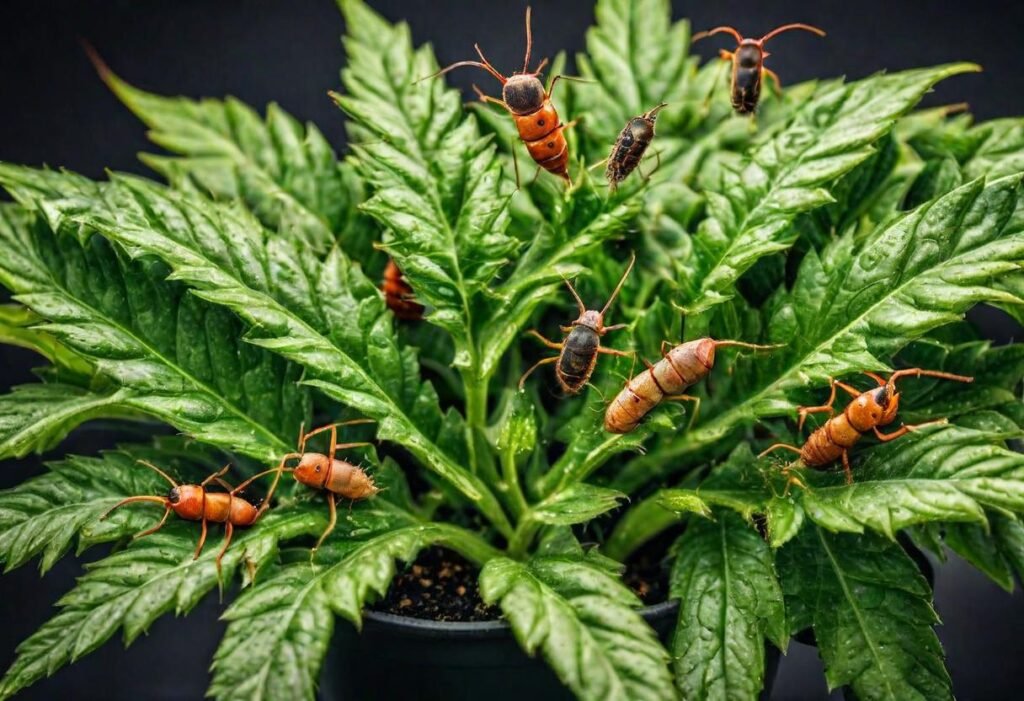
Before diving into disease management strategies, it’s crucial to understand the nature of pests and diseases. Pests encompass many organisms, including insects, rodents, and weeds, while fungal, bacterial, or viral pathogens cause diseases. These pests and diseases can wreak havoc on plants, reducing yield, stunted growth, and even crop failure. By familiarizing ourselves with the characteristics and behaviours of these adversaries, we can better equip ourselves to combat them effectively.
Prevention Techniques
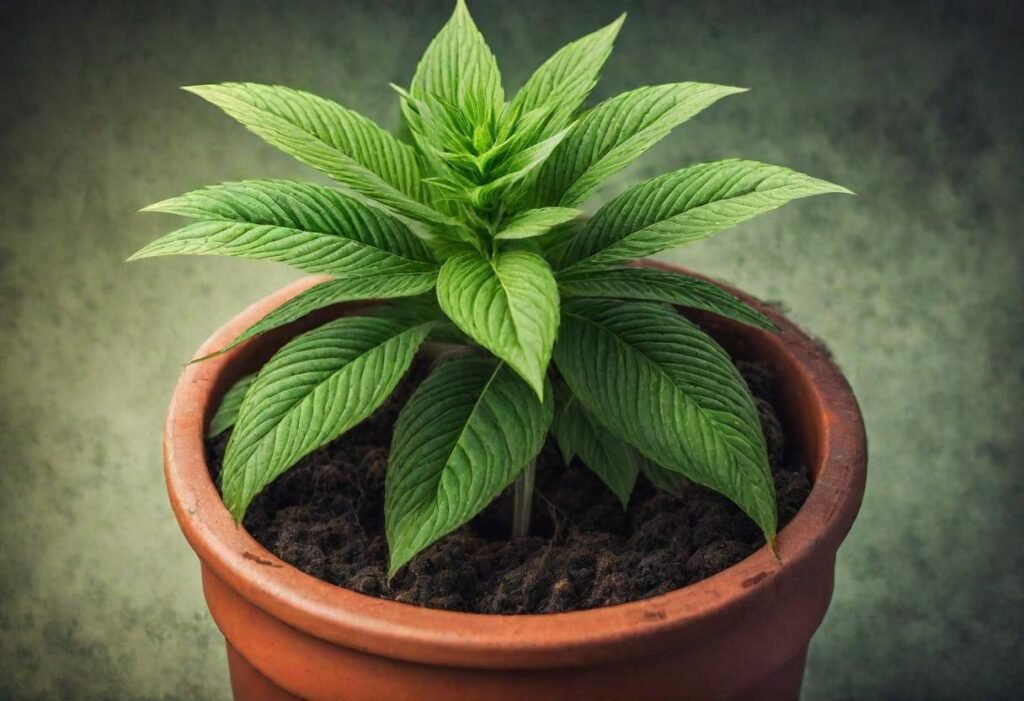
Identification
Early detection is critical to nipping pest and disease problems in the bud. By recognising the signs and symptoms of common pests and diseases, growers can swiftly intervene before the situation escalates. Visual cues such as leaf discolouration, wilting, and unusual growth patterns can signal the presence of trouble. Utilizing resources such as field guides, online databases, and local extension services can aid in accurate identification and timely response.
Monitoring and Early Detection
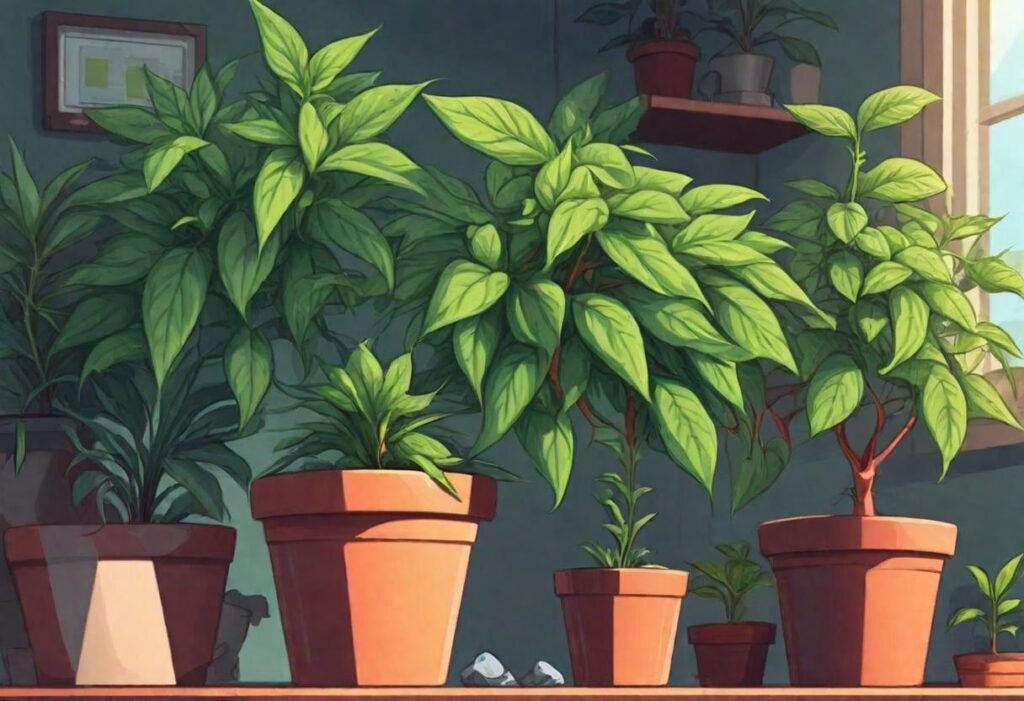
Regular monitoring is essential for staying ahead of potential outbreaks. Implementing a systematic monitoring plan allows growers to keep a close eye on their plants and detect any abnormalities early on. Techniques such as scouting, setting traps, and conducting visual inspections enable growers to assess pest and disease pressure and take appropriate action. By catching early problems, growers can minimize the need for more intensive control measures later.
Integrated Pest Management (IPM)
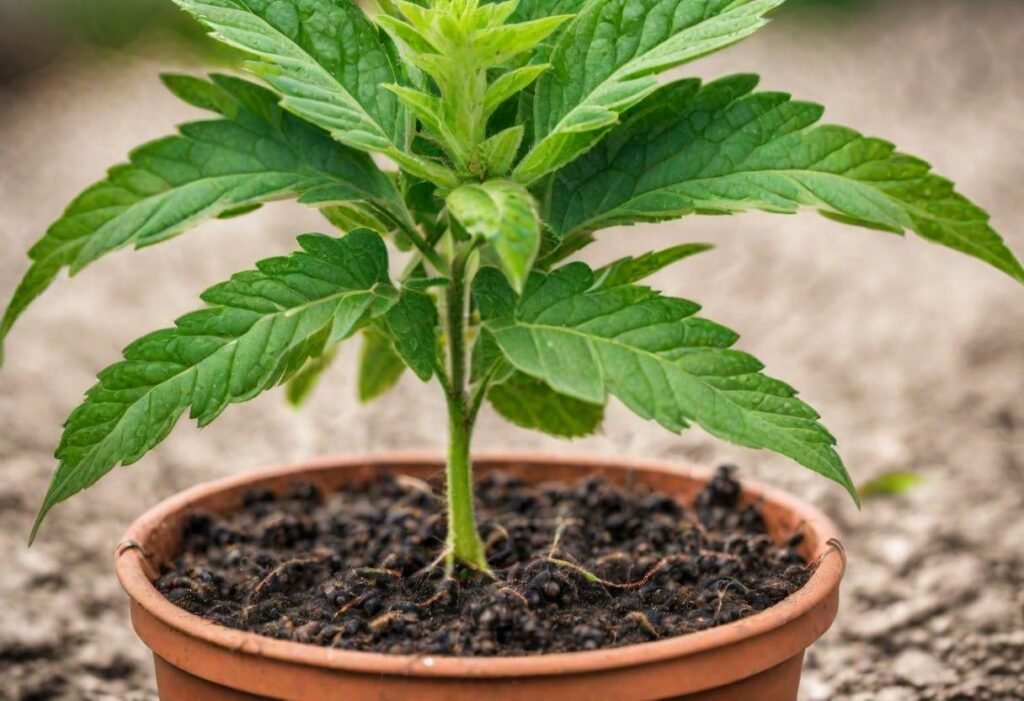
Sustainable Control Methods
Read Our more post
